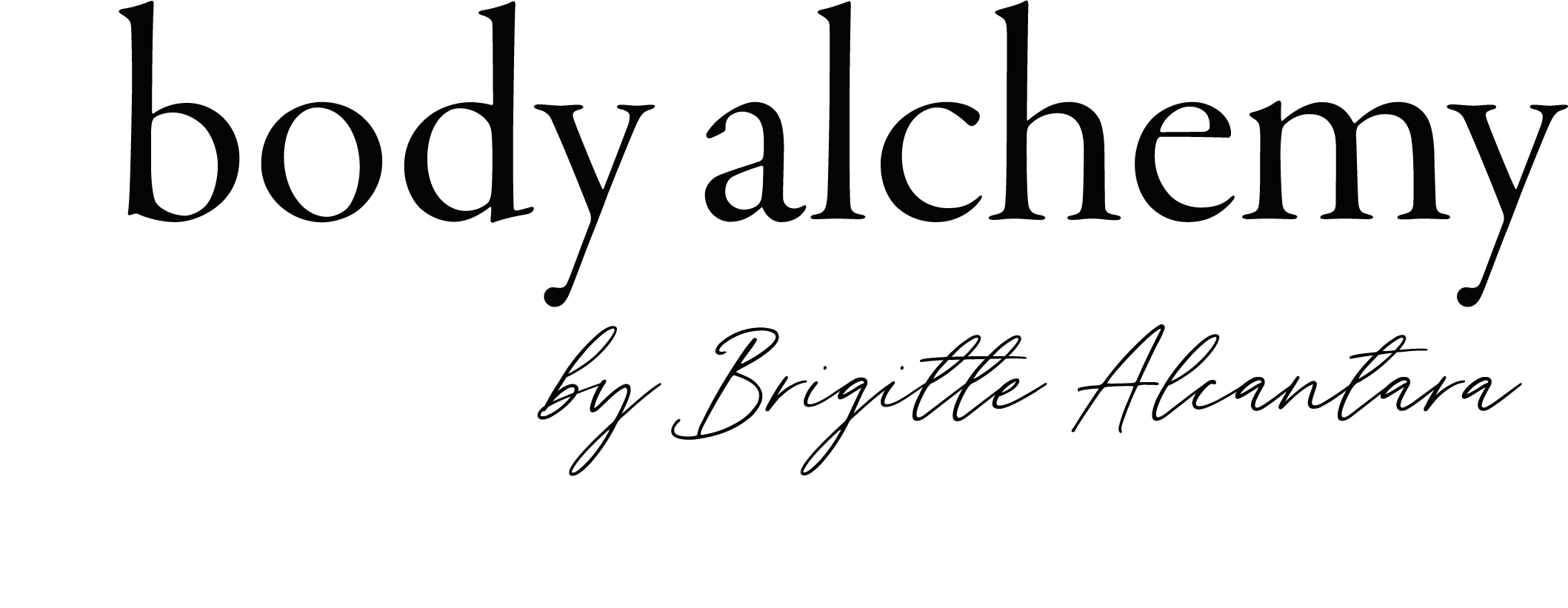What is Movement for the Modern Body?
Movement for the modern body refers to the way in which individuals engage in physical activity and exercise in the 21st century. This can include a wide range of activities, from traditional forms of exercise such as weightlifting and running, to newer forms of movement such as yoga and functional fitness.
The modern body has evolved over time to adapt to the changing physical and societal demands placed upon it. With the advent of technology, many people spend a significant portion of their day sitting in front of a computer or other electronic device. This sedentary lifestyle can lead to a host of health problems, including obesity, heart disease, and diabetes.
To combat these issues, it is important for individuals to engage in regular physical activity and movement. This can take many forms, including structured exercise programs, recreational sports, and everyday physical activities such as taking the stairs instead of the elevator.
Functional fitness, which focuses on movements that mimic everyday tasks and activities, has become increasingly popular in recent years. This type of exercise emphasizes exercises that work multiple muscle groups at once, such as squats, deadlifts, and press-ups, which are designed to increase overall strength and improve mobility.
Yoga, another popular form of movement, combines physical postures, breathing techniques, and meditation to improve flexibility, balance, and mental well-being. It also helps to release stress and tension in the body and promote relaxation.
Another important aspect of movement for the modern body is addressing imbalances and compensations that can occur due to sedentary lifestyle and repetitive movements. This can include stretching and foam rolling, to release tension in tight muscles, and exercises that target underactive muscles, such as core stabilization exercises and glute activation exercises.
In summary, movement for the modern body means engaging in physical activity and exercise that is appropriate for the individual's needs and goals. This can include traditional forms of exercise, newer forms such as functional fitness and yoga, and addressing imbalances and compensations that can occur due to sedentary lifestyle and repetitive movements.
It is also important to have a balance of cardiovascular and strength training, along with stretching and mobility work to achieve overall well-being of the body.

